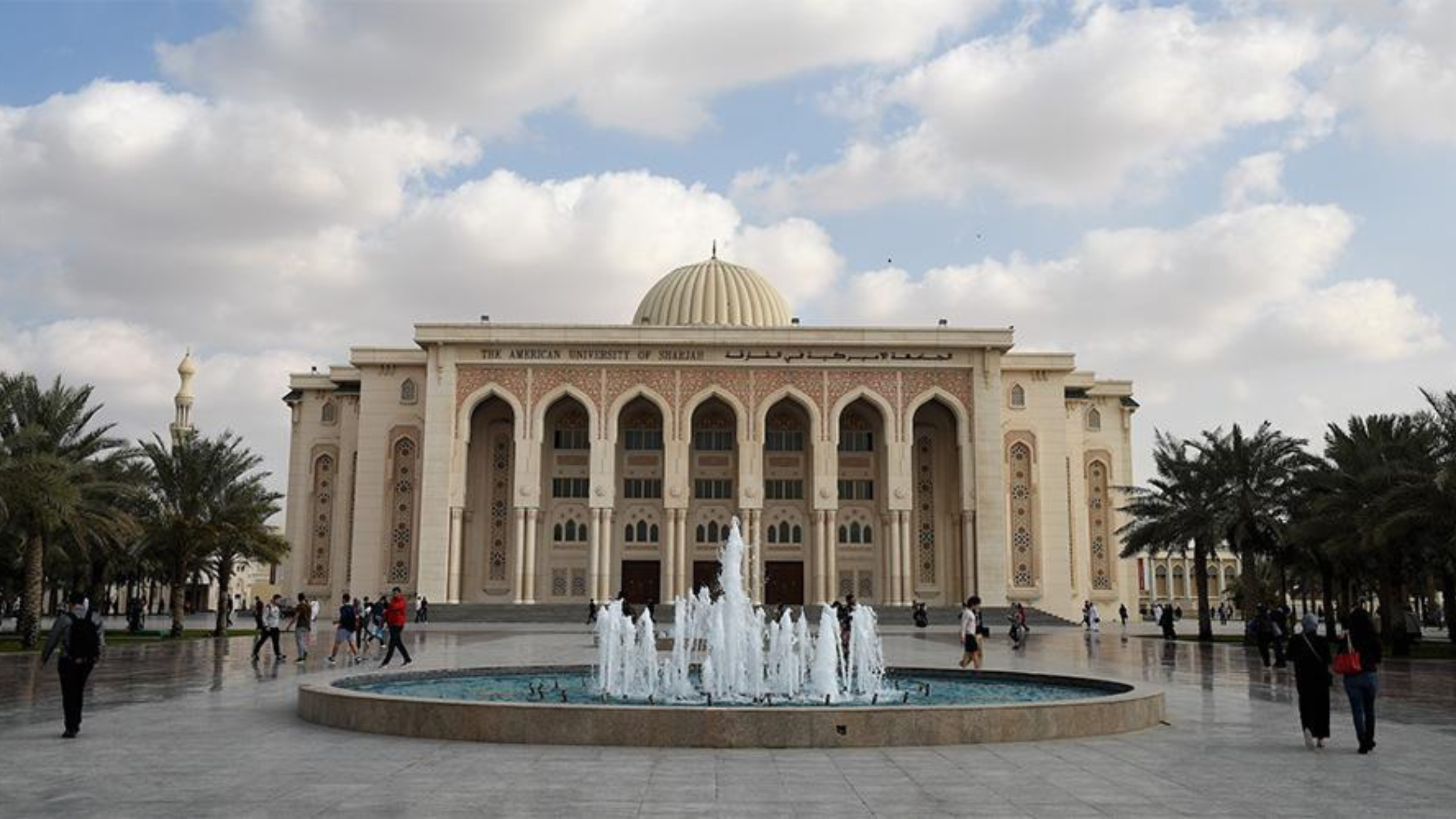India‑UK Historic £25 bn Trade Deal: A Game Changer

In a historic move expected to redefine trade relations between two powerful economies, India and the United Kingdom officially signed a Free Trade Agreement (FTA) on 24th July 2025. The agreement, signed by Indian Prime Minister Narendra Modi and UK Prime Minister Keir Starmer, was hailed as a milestone in economic diplomacy and a strategic turning point for both countries. Taking place during Prime Minister Modi’s fourth official visit to the UK, this agreement is projected to boost bilateral trade by £25.5 billion annually and inject new energy into cross-border economic ties.
The signing ceremony, held at Chequers, was not only about trade but also the unveiling of the broader “UK–India Vision 2035,” a framework to strengthen cooperation in defense, energy, technology, and education for the coming decade. The agreement comes at a time when India is also in active negotiations with the European Union and the United States, underscoring New Delhi’s multi-pronged approach to securing global trade alliances.
The Free Trade Agreement, first announced in principle back in May 2025, has now materialized into a comprehensive, actionable pact that many experts are calling the UK’s most economically significant bilateral trade deal since Brexit. From slashing tariffs to unlocking job opportunities and investment flows, this deal covers a broad spectrum of mutual interests.
A Trade Deal that Promises Economic Transformation
According to an official statement released by the UK government, the FTA is set to elevate trade volumes and bolster GDP growth on both sides. Analysts estimate that the UK economy will benefit with an added £4.8 billion to its GDP annually, along with a wage increase totalling £2.2 billion for workers across the country. Thousands of British jobs are expected to be created, especially in industries like manufacturing, automotive parts, alcoholic beverages, and services.
Indian businesses are also poised to gain significantly. The agreement removes tariffs on nearly 99% of Indian exports to the UK. This will primarily benefit sectors such as textiles, gems and jewellery, agricultural produce, and footwear. For Indian entrepreneurs, the UK market now becomes more accessible, more profitable, and less administratively burdensome.
On the British side, key exports like Scotch whisky, gin, salmon, automotive parts, and chocolates will see immediate tariff cuts. For instance, the duty on Scotch whisky will be halved from its current 150%, and is set to reduce further over the next decade, ending at just 40%. This is being viewed as a massive win for the UK’s drinks and distillery industry, which has long sought better access to India’s vast consumer market.
Mobility, Investments and Professional Opportunities Enhanced
One of the key highlights of the agreement is the enhanced mobility for skilled professionals. The UK has agreed to provide an additional 1,800 visas annually to Indian professionals, particularly in sectors like culinary arts, music, yoga instruction, and technical services. These new arrangements will facilitate smoother cultural and knowledge exchange while strengthening the people-to-people connection.
Furthermore, a new Double Contributions Convention has been introduced. This arrangement will allow Indian workers in the UK, and British workers in India, to avoid double social security payments for a limited period. This is likely to encourage short-term international assignments and ease the financial burden on employees working across borders.
On the investment front, the agreement is expected to bring in almost £6 billion in fresh capital. The UK’s Business and Trade Secretary Jonathan Reynolds confirmed that this investment would generate thousands of new jobs and energize small and medium-sized enterprises in both countries. The UK sees India as a dependable partner in its strategy to make Britain a global hub for investment and innovation.
Vision 2035: Strategic and Comprehensive Partnership
The UK–India Vision 2035, launched alongside the trade agreement, outlines a future of enhanced bilateral collaboration far beyond commerce. Under this vision, both nations have committed to deeper ties in defence production and innovation, climate action, education, cybersecurity, and frontier technologies.
For instance, the roadmap includes a Defence Industrial Cooperation agreement, which will see joint research, manufacturing, and military training. Both sides will collaborate on clean energy transitions, pushing forward a shared agenda for climate resilience and sustainability. As part of their joint commitment to innovation, India and the UK will also increase funding for collaborative scientific research, student exchange programs, and digital infrastructure.
Educational ties between the two countries are also set to grow. More Indian students will now be able to study in UK institutions under streamlined visa policies, while UK universities will be encouraged to set up campuses or collaborate with Indian institutions. This strategic expansion in education, skills development, and academic exchange reinforces the broader vision of nurturing future-ready talent in both nations.
A Long Road to Agreement: How the Deal Took Shape
The signing of the FTA today concludes over three years of intense negotiations and political back-and-forth. Talks began in January 2022, but stalled multiple times under the previous UK government, primarily due to disagreements on migration policies and visa quotas. The breakthrough finally came in early May 2025, when negotiators reached an agreement in principle, spurred by the active involvement of both Prime Ministers.
Keir Starmer’s Labour government, elected with a fresh mandate earlier this year, fast-tracked the process. His administration showed strong political will to finalize the agreement, framing it as central to Britain’s post-Brexit economic strategy. On the Indian side, Prime Minister Modi’s administration remained equally committed, viewing the agreement as a stepping stone toward broader global trade integration.
The momentum was sustained by frequent high-level engagements. Within the last twelve months, PM Modi and PM Starmer met twice first during the G20 summit in Rio de Janeiro and again at the G7 summit in Kananaskis, Canada. These meetings laid the groundwork for resolving long-standing issues and building personal trust between the two leaders.
Key Economic Sectors Poised for Growth
Among the many sectors likely to experience exponential growth post-deal, the automobile industry stands out. For Indian exporters, this agreement significantly reduces import duties levied on vehicles, especially electric vehicles, entering the UK market. The move aligns well with both countries’ shared climate goals and sustainable transport agendas.
The textile and apparel sector is another big winner. Indian textile manufacturers will enjoy tariff-free access to the UK, helping them compete with global rivals and deliver cost-efficient products. Likewise, British textile machinery exporters will benefit from India’s growing manufacturing infrastructure and demand for automation.
Agricultural trade is set to increase with India gaining easier access to the UK for exports like mangoes, prawns, rice, and spices. In turn, UK farmers and fisheries will have better market entry for their products, especially those like lamb, salmon, and other seafood delicacies.
In the services sector, the FTA streamlines regulations for financial services, legal services, insurance, and procurement. British service providers will now find it easier to do business in India, thanks to simplified regulations and an improved investment environment. The inclusion of fair competition, sustainability standards, and digital economy clauses ensures that the deal stays relevant in today’s rapidly changing global economic landscape.
Not Everything Was Included
While the deal has been widely celebrated, not all ambitions were realized. Broader immigration reform, such as major adjustments to the UK’s net migration policy, were deliberately kept off the table. Both sides decided to focus on high-skilled talent exchange rather than a mass migration approach.
Another point of omission was a clause on carbon border taxes. India did not succeed in securing a provisional exemption on carbon taxes for its exports to the UK. This issue may be revisited in future rounds of discussion, especially as climate policy evolves and carbon pricing becomes more central to trade practices.
Negotiations around liberalizing the financial and legal services sector, particularly regarding investment treaties and taxation frameworks, will continue in parallel. Both sides have acknowledged these areas as complex but vital, and have committed to sustained dialogue.
A Step Toward Stronger Global Presence
The India–UK FTA positions both countries as serious global players who are willing to make strategic choices in a volatile world economy. It sends a strong signal to international markets and investors that India and the UK are reliable, open, and forward-looking partners. The agreement also gives India leverage as it continues discussions with the European Union and the United States.
For the UK, this trade pact is more than just economic policy it’s a post-Brexit statement of intent. With this being the largest bilateral agreement signed by the UK since leaving the European Union, it reflects the country’s effort to reestablish its economic identity and relevance on the world stage.
Prime Minister Modi’s meeting with King Charles III during his UK visit further symbolizes the deepening diplomatic and cultural ties between the two nations. From trade to tradition, from economics to education, this agreement builds a new foundation of trust and collaboration.
Final Steps and Outlook
The next phase for this agreement is ratification by the respective parliaments of India and the United Kingdom. Once ratified, it will enter into force, possibly before the end of this year. Both countries are already preparing implementation frameworks to ensure businesses, workers, and consumers can start enjoying the benefits at the earliest.
Economists and trade experts believe that this FTA will act as a catalyst for additional agreements with other global partners. It is not just a bilateral win, but a blueprint for how 21st-century trade can be conducted inclusive, forward-thinking, and sustainable.
For the UAE and the broader Middle East, this partnership between India and the UK could also serve as an inspiration for building regional trade bridges. As a major hub for global commerce, Dubai in particular stands to benefit from the new trade flows, logistics coordination, and investment movements that may pass through its ports and free zones.







